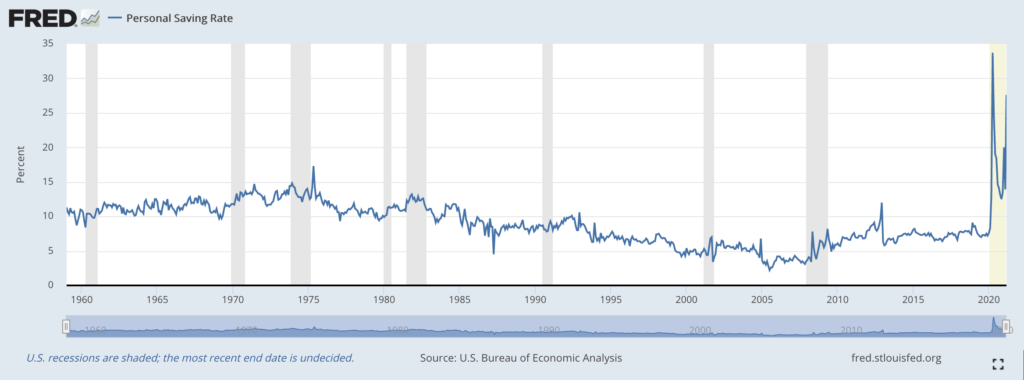If the economy is at 90%, how long before public radio gets to that stage?

By Paul Marszalek
TheTop22.com
Look at virtually any business press, and you’ll see stories of an economy that is outright overheated, much less recovering.
Soaring stock prices, a housing bubble, not enough cars to meet demand, lumber prices, cryptocurrency craziness, and employee shortages.
Last year, CNN Business and Moody’s Analytics teamed to create the Back-to-Normal Index, a metric comprised of 37 national and seven state-level indicators, intended to track the re-emergence of the economy from COVID-19.
This week, the Back-to-Normal Index pegged the economy at 90% of what it was pre-pandemic.
Sounds awesome, if not a bit too rosy because in radio, we’re still battling our way back.
For example, while not widespread, we’re hearing several examples of major public radio stations failing to hit spring fund drive goals. It’s a bit worrisome considering it was public radio members who helped save the day last year when underwriting and event revenue collapsed.
Getting an answer to as to why members are holding back this time around will take some time to figure out, but the Back-to-Normal Index may offer a couple of clues. For example, people are saving money at rates that are far, far higher than pre-pandemic.

Looking at the chart above, post 2020 savings rates are way up — and it’s not even close. Uncertainty, bidding wars for houses, paying above sticker price for cars, and simply noticeable inflation might be just a few of the reasons that folks are playing it conservatively. Even Netflix and Disney+ have missed targets as disposable income is seen as less disposable.
Certainly there are many other factors, such as the level of recovery varying by state and region.
It’s also entirely possible that, as things start to feel normal, some donors may believe their local station is back to normal, and not still trying to figure out how to get employees back in the building, or dealing with the significant lag time between concert announcements and payment on those related underwriting invoices.
Stations would be wise to try to further diversify their revenue streams. Too many have become entirely too reliant on the big three categories of arts/entertainment, health care, and education.
In times like these, small-market sales strategies work, and improving the scant amount of local retail on the air would help both the station and the retailer.
Further, we know from research that there are large numbers of public radio listeners who simply don’t buy into the “voluntary tax” model that is membership.
Transactional strategies such as “donate this hour and you could win a laptop” are not really in vogue, with some saying they don’t want their stations “to sound like a flea market.”
In times of turbulence, all revenue ideas should be on the table.
If you think an idea stinks, you may have to hold your nose since we’re not out of the woods.
 -The Top 22 – Triple A, Indie, Alternative Rock
-The Top 22 – Triple A, Indie, Alternative Rock

